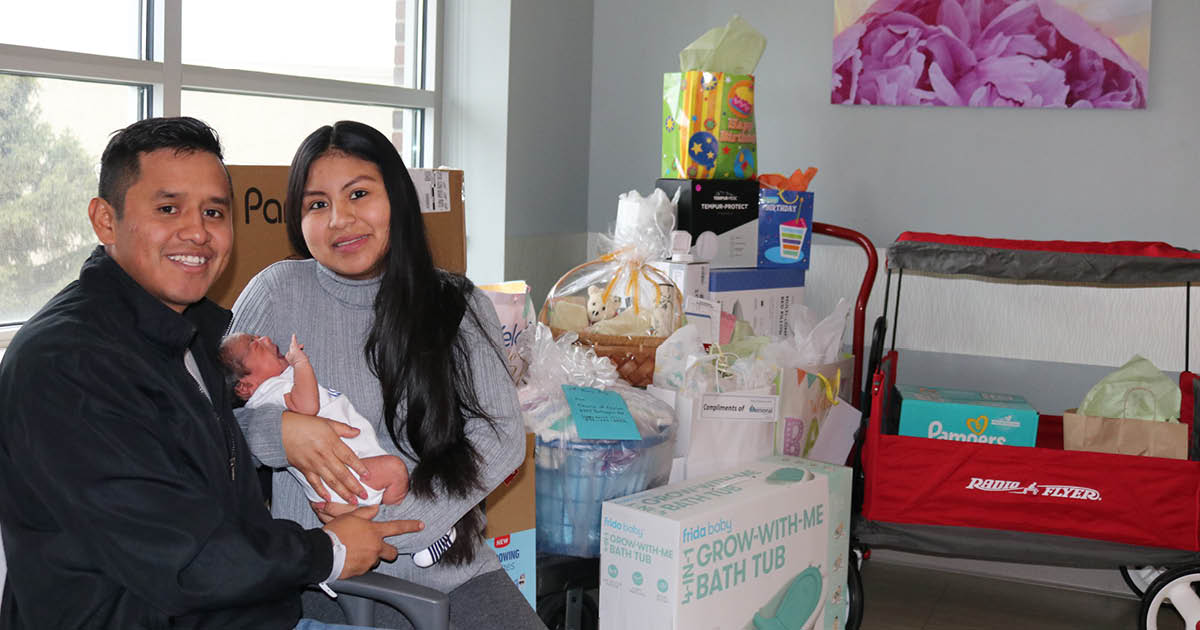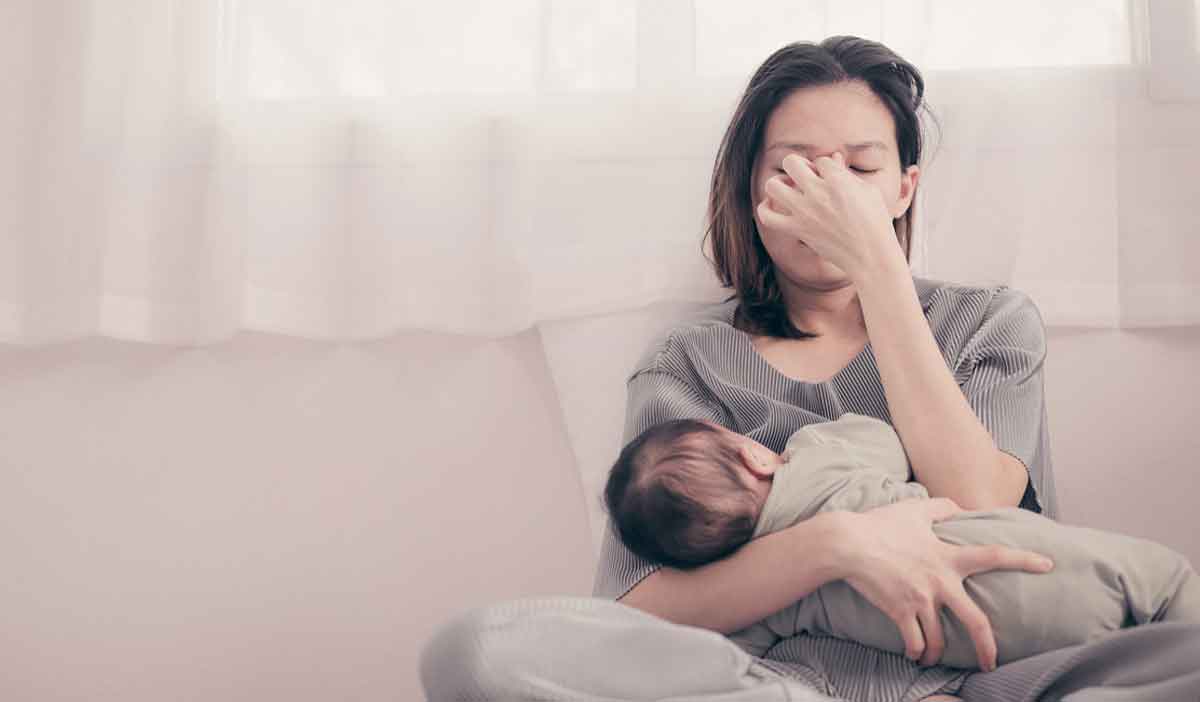There is an endless amount of education and tips given to families that are getting ready to welcome a new baby. From prenatal appointments to postpartum handouts, there is an abundance of information available on how to keep you and your baby safe. Out of these tips and lessons, the most important thing you need to know before bringing baby home is how to practice safe sleep.
Babies sleep a lot, especially the first weeks of life. Follow the ABC’s of safe sleep to make their sleep space the safest space possible.
ABC’s of safe sleep
The ABC’s of safe sleep mean Alone, on their Back, and in a Crib.
Alone
Babies need to sleep by themselves, in their own space, with no other people around. Room-sharing is encouraged, but bed-sharing is not. Baby’s crib or sleep space should also be clear of pillows, blankets, and toys. Pacifiers are acceptable as long as it is not attached to baby on their clothes or with a pacifier holder. As baby sleeps, it is ok if the pacifier falls out of the mouth.
Again, A for the ABC’s of safe sleep means sleeping alone.
- Don’t sleep in the same bed as baby
- Keep the room free of smoke and pollutants
- Keep the room cool to prevent overheating as they sleep
Back
Babies should be placed on their backs for sleep. As babies grow and develop, they will learn to roll on to their stomachs and back again. Once they are at this stage, it’s ok to leave them on their stomachs if they have rolled over in their sleep. Until your baby has learned to roll, you should always place them on their backs and continue to rearrange to their backs if they start to roll early on.
Again, B for the ABC’s of safe sleep means sleeping on their backs.
- Place baby on back
- Tip: to prevent flat spots, change the direction in which baby sleeps
Crib
Whether it be a bassinet, crib, or pack-n-play, baby should always be in their own sleep space that has a flat mattress and fitted sheet. There should not be any bumpers in cribs or bassinets, and no additional blankets or coverings should be in there with them. Swaddles are acceptable for babies until they are 8 weeks of age, and then you should switch to sleep sacks that keep arms free for rolling.
A safe sleep space does not include letting baby sleep on a couch, in a swing, or in a bouncer. Car seats are not recommended for sleep, but it is ok if baby falls asleep while in the car as long as baby is properly strapped in.
Again, C for the ABC’s of safe sleep means in a crib.
- Use a crib or bassinet that meets current safety standards and regulations
- Sleep surfaces should be firm
- Keep crib empty
- Avoid sleep positioning devices
Additional safety tips
Safe sleep is important, and should be partnered with other safety practices to keep your baby protected and give you peace of mind. The following safety tips are encouraged:
- Do not let anyone smoke around baby — always keep a smoke free environment
- Do not force your baby to take a pacifier, but pacifiers can be used to help sooth baby
- Do not overheat baby — avoid bundling in layers and make sure they are not hot to the touch (if you are comfortable in the room, baby will be too)
As with any baby products, from swaddles to cribs, do your research before buying to see what is safe, if a product has been recalled, and review any available manuals.
Talk to your provider
If you are ever concerned about your baby’s sleep space or patterns, be sure to talk to your provider. Ask them for recommendations and additional safety practices. Never use any monitoring devices during sleep without talking to your doctor first.
Expecting a baby?
Congratulations! Now is a great time to learn everything you need to know before welcoming baby. From healthy pregnancy to postpartum, learn what to expect with The Ultimate Guide to a Healthy Pregnancy.
You might also like:
- Lactation support at Logansport Memorial Hospital
- Breastfeeding and your available resources
- How to reduce your child’s fever and when to seek medical attention




